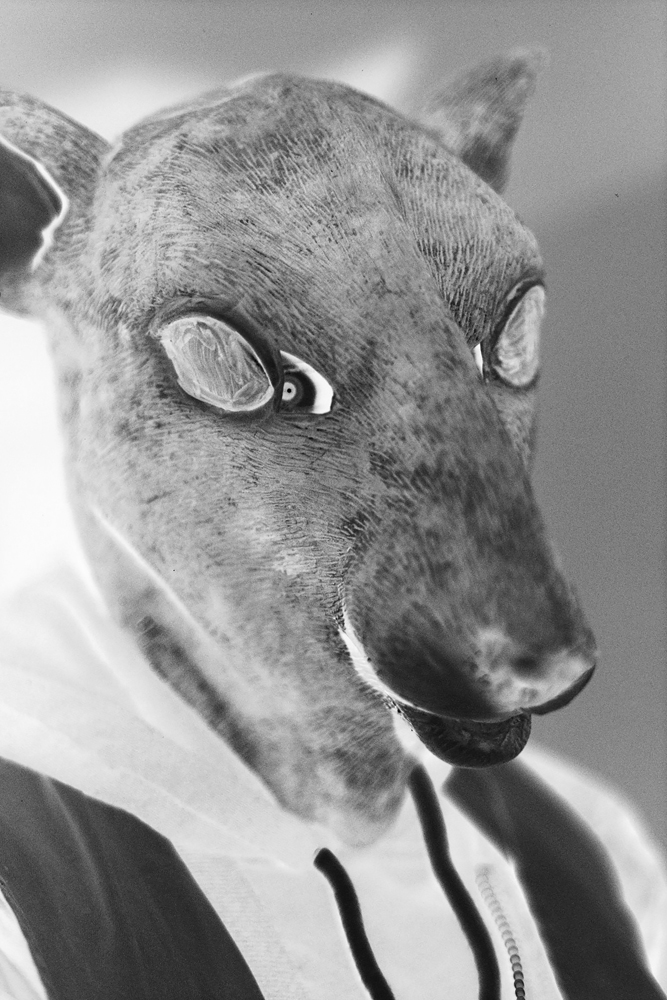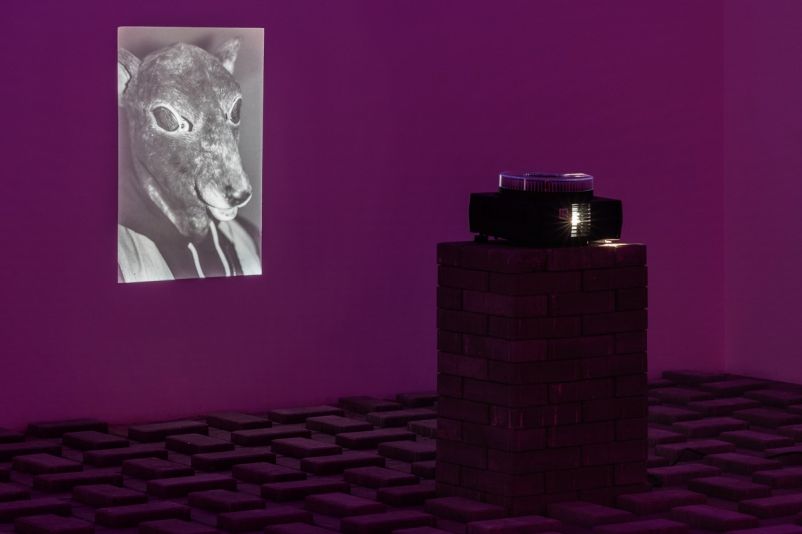How to make black and white slides from standard negative film and chemistr
There’s still a constant demand from analogue photographers for their monochrome work to be displayed as slides rather than prints. However, with the demise of black and white slide film, this wish is getting harder to fulfil.
The only recognised black and white slide film currently is the Adox Scala 160 135-36, ISO 160 film, but the downside to this is it’s really difficult (and expensive) to process with all film for Europe having to be processed by a single lab. in Stuttgart, Germany.
This started us thinking that surely there must be a cheaper and more convenient way to create black and white slides. The answer came to us when we decided to test our film writing service using inverted images.
Firstcall is one of a handful of service providers worldwide that can take standard digital images and write them back to 35mm film. But what would happen if you inverted those images and then processed them normally in standard black and white developer?
The result amazed us – because what you get is perfect 35mm black and white slides.
How is this done? First of all, invert your files in Photoshop. Then raise their dpi as much as possible while keeping the file size under maximum size (preferred 15mb per image). Then crop all images to a six by four ratio and make sure all files are in greyscale. Finally, save in folders, 36 images per folder and send by DropBox or WeTransfer to Firstcall.

What you get back, for just £25, is a roll of Ilford black and white film, ready to process normally in standard film developer, stop and fix. All you have to then is mount and display.

- 20th February 2019
